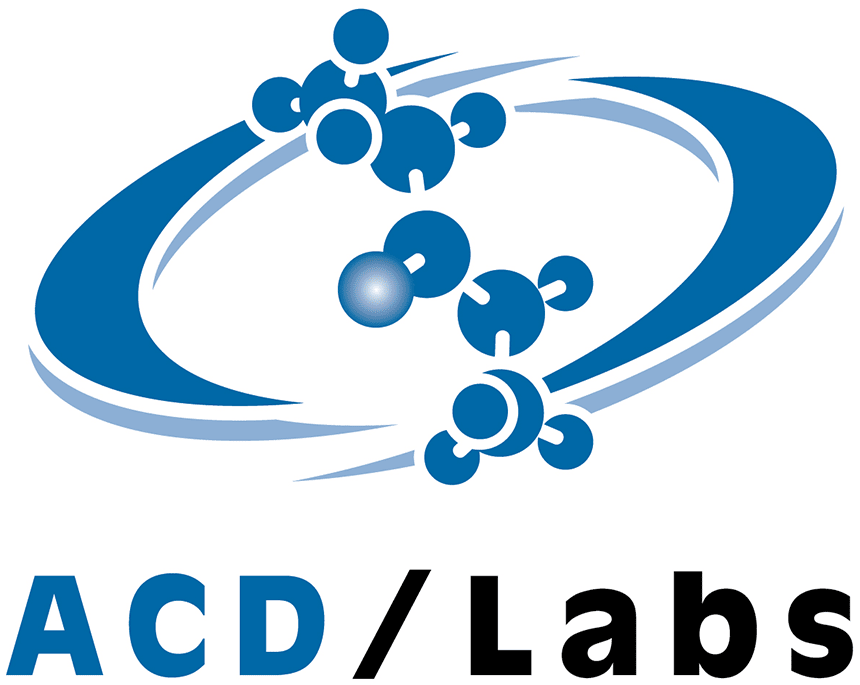This application note demonstrates the quantitative recollection of split sample to a clean sample saver tube. This is demonstrated by different split percents on the CDS 7550S automated thermal desorber for a group of VOCs with boiling point up to 218 °C.
Gas chromatography (GC) is an analytical technique by separating a mixture of compounds for a downstream detector to identify the chemical composition of each component. Direct liquid injection intot the GC inlet is the most common method of introducing sample onto the GC column. However, in many situations, the analyte identity, analyte concentration, or the matrix are not compatible for GC analysis. To tackle this challenge, various sample introduction techniques, including Purge and Trap, Thermal Desorption, Pyrolysis, and Solid Phase Micro Extraction were developed to introduce analyte onto the GC column to achieve the best separation result.
Among the GC sample introduction techniques, thermal desorption involves heating a thermal desorption sample tube, which is packed with sorbent, to a desired desorption temperature and then purging with inert gas to release volatile organic compounds (VOCs) adsorbed on the sorbent surface. The purging gas, along with mixed VOC analytes, flows through a heated sample pathway in the vapor phase to reach the GC for separation and detection. The sample splitting technology to thermal desorption instrumentation offers the flexibility to reduce the amount of analyte reaching the GC inlet and extend the dynamic range of the detector coupled to the GC. A concern of sample splitting, however, is that it is a single-shot technique whereby sample going to split is lost out of the split vent not allowing for repeat analysis of a given sample. The option to recollect sample going to the split vent on a clean sample tube has many advantages, including repeat sample analysis, method validation, and acquiring experimental results via complementary detection methods.
Here the CDS 7550S automated Thermal Desorber incorporates a sample recollection feature, also referred to as the sample saver, as a function within the sample split option. The sample saver is combined with sample splitting to analyze quantitative performance of this sample saver function. Seven different VOCs with boiling points up to 218 °C are tested for split percents of 50%, 75%, and 95%, which is the recommended range for quantitative splitting for the 7550S.
>> Download the full Application Note as PDF
More information





